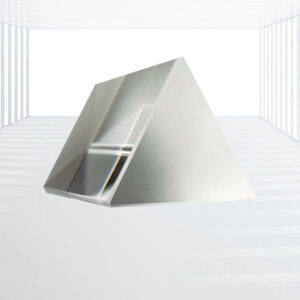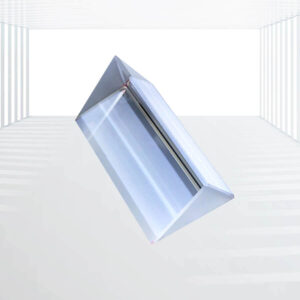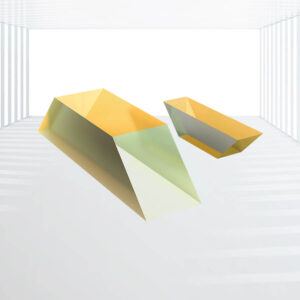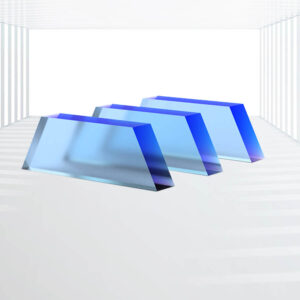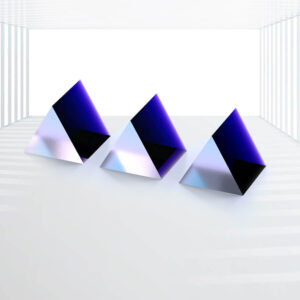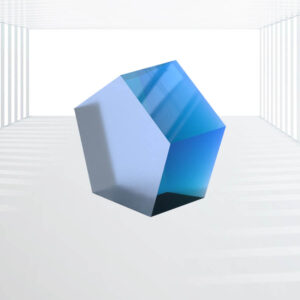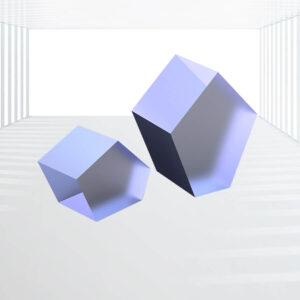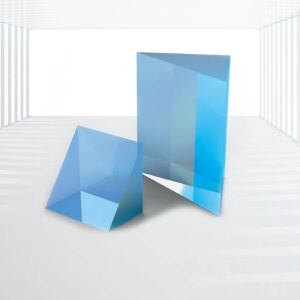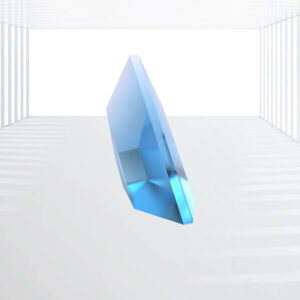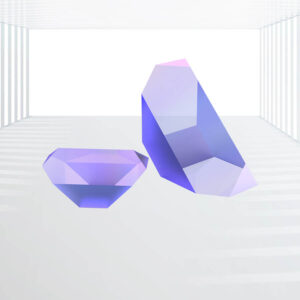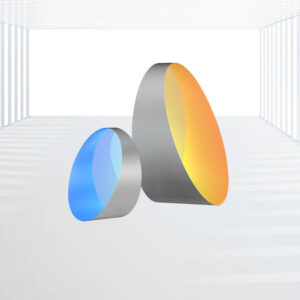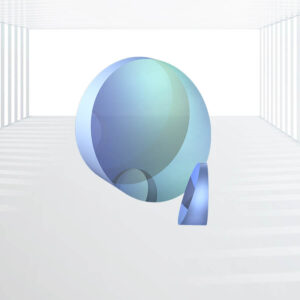Brewster Angle Prisms
Minimal Deviation: The apex angle of the Brewster Prism is specifically crafted such that p-polarized light incident at the Brewster’s angle passes through the prism in a direction parallel to its base, experiencing minimal deviation.
Efficient Polarization Manipulation: By exploiting the Brewster angle, these prisms are optimized for efficient polarization manipulation, making them ideal for applications where surface reflection losses cannot be tolerated.
Wavelength Selection: Brewster Prisms also possess the capability to select a single wavelength from a multi-wavelength laser, enhancing their versatility in various optical systems.
Tuning Flexibility: The prisms can be tilted to achieve the desired tuning, providing additional control over the polarization and wavelength selection process.
Applications: Polarimetric Instruments, Lasers, Polarization Mode Locking, Polarization-Based Spectroscopic Measurements, etc.

